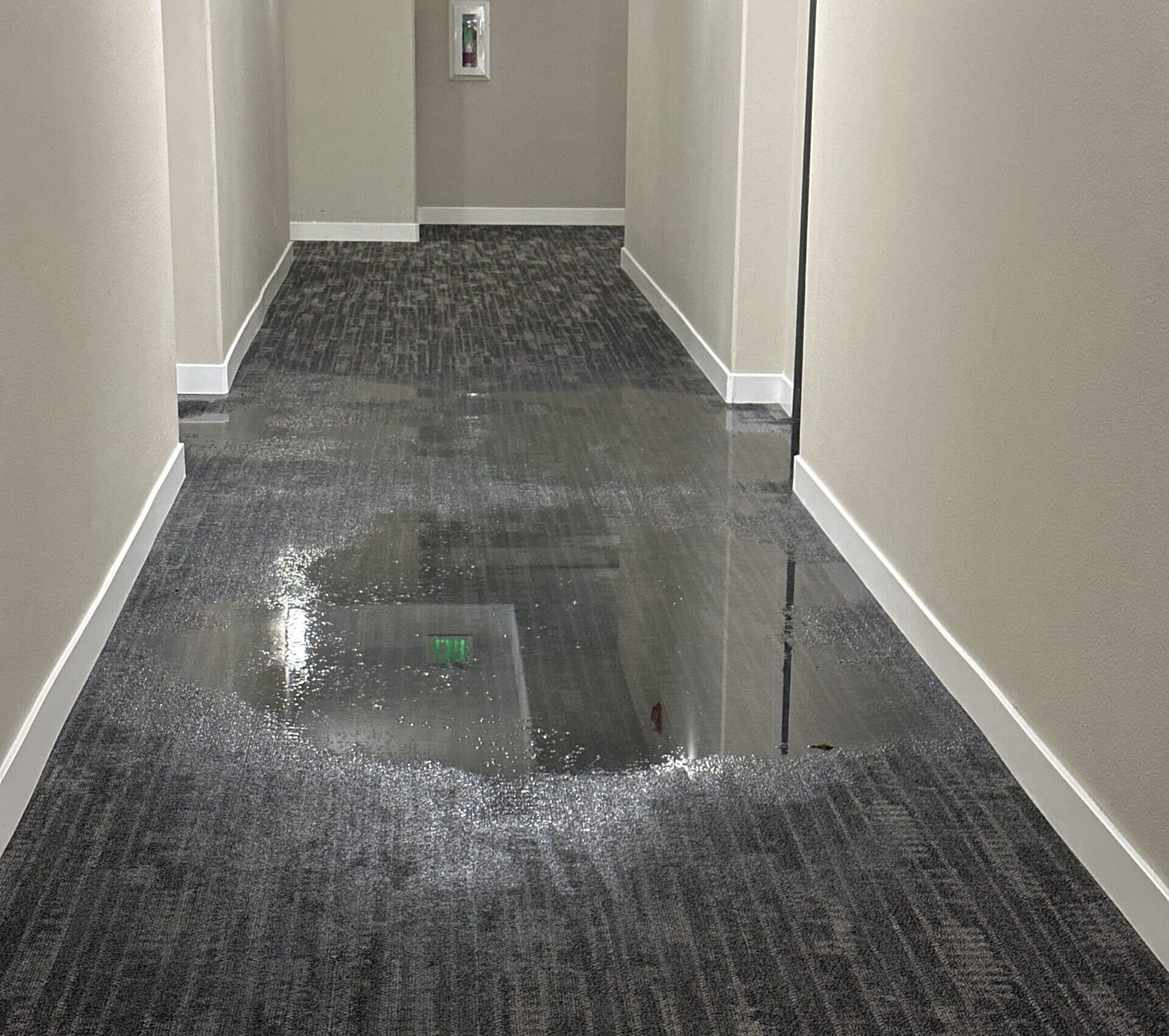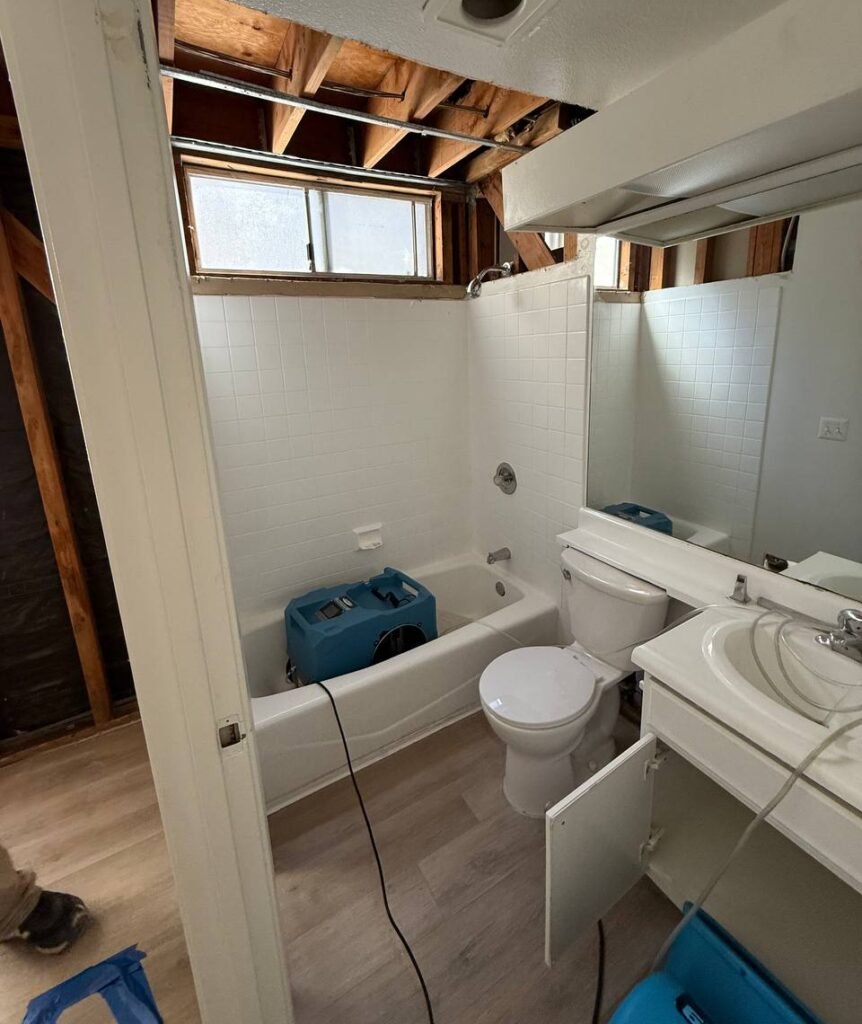Water Damage Restoration in Woodland Hills, CA | 24/7 Cleanup & Drying
Searching for water damage restoration in Woodland Hills, CA that actually contains the loss, dries assemblies to numbers, and clears insurance fast? We respond 24/7 for emergency water removal, water extraction, wet ceiling repair, and full structural drying. Woodland Hills spans canyon slopes south of Ventura Blvd and dense corridors around Warner Center, Topanga Canyon Blvd, and Ventura Blvd. That mix changes how water moves: hillside gravity pushes leaks down stair cores, while flat roof sections on mixed-use buildings track moisture sideways over corridors before stains appear. We work Walnut Acres ranch homes, Vista De Oro hillsides, Serrania and Corbin Canyon edges, and high-rise units near The Village every week. Our IICRC S500 plan stops migration fast, protects finishes, and gives adjusters the evidence they expect.
Get Started
Service Form
Why water losses spread differently in Woodland Hills
Hillside migration south of Ventura
Deck seams, balcony scuppers, and parapets above Serrania Park send stormwater into ceiling bays. Gravity carries moisture two rooms away before a stain shows.
Flat roofs and penetrations near Warner Center
Parapet cracks, clogged drains, and aging penetrations push water laterally across corridors and partitions. It surfaces far from the entry, often as a late hallway or kitchen ceiling print.
Aging supply lines and angle stops in Valley ranch homes
Original copper/galvanized lines along Shoup, Fallbrook, and De Soto develop pinholes. Slow wetting hides behind toe-kicks and base plates until odor or cupping appears.
Slab leaks on the hot side
Warm floor patches, buckled planks, or a musty smell without standing water are common off Burbank Blvd and Oxnard. Under-slab migration soaks plates and subfloor.
HVAC condensate and tight mechanical closets
Attic or closet air handlers overflow. Insulation holds moisture and odor accelerates in summer heat if cavities are not opened and dried to target.
Sprinkler overspray and planters against stucco
Lush yards and strip landscaping along Ventura wet lower walls daily. Micro-cracks at base flashing wick moisture into cavities.
Window/stucco intrusions in valley winds
Wind-driven rain finds hairline stucco cracks and older window assemblies, bypassing paper and wetting sheathing that prints weeks later.

First 90 minutes: what happens when we arrive
Safety + source control. We locate shut-offs, check electrical, and protect paths.
Moisture mapping. Pin/pinless meters and thermal imaging define the wet envelope behind walls, under floors, and inside ceiling bays.
Scope you can see. We show what dries in place, where small relief openings go, and what requires removal. No blanket demo.
Extraction. Truck-mount or portable units remove bulk water so dehumidification can work.
Our mitigation workflow (IICRC S500)
Clean containment and HVAC isolation
Room containments with zipper access keep clean areas clean. We seal registers in the work zone and protect stairs, elevators, and corridors—critical in Warner Center buildings.
Targeted access over tear-out
Baseboards or toe-kicks come off only where readings demand. Meter-driven openings ventilate wall and ceiling cavities; we do not “open everything just in case.”
Closed-system structural drying
Commercial dehumidifiers and air movers remove vapor and drive evaporation. We add wall-cavity drying, floor tents, or mat systems to rescue hardwoods. Baseline, daily, and clearance readings are logged.
Cleaning and antimicrobial where appropriate
Salvageable non-porous and semi-porous surfaces are cleaned. Targeted antimicrobial supports cleaning; it never replaces source control and dry-down.
Transparent documentation
You get photos, moisture maps, equipment logs, and a line-item Xactimate estimate. Adjusters see cause → extent → actions, which shortens decisions.
Click Here
Woodland Hills case files
Deck scupper overflow above Vista De Oro
After a fast storm, a second-floor deck leaked near a scupper. Thermal and meter mapping showed ~250 sq ft of affected ceiling with migration down a paneled stair. We built discrete containment, sealed registers, pulled only saturated insulation, and ran a closed drying system. Odor cleared by day two; targets hit on day four. Roofer upsized the scupper and corrected laps. Claim closed without re-inspection.
Slab leak off Burbank Blvd
A hot-side leak cupped longboard floors and warmed a hallway. We isolated rooms, extracted, set floor mats, and ventilated plates. A plumber rerouted lines. Subfloor and framing reached target on day five; only selective board replacement was needed.
Condo stack leak near Warner Center
A cracked fitting inside a plumbing chase affected two stacked bathrooms and a corridor ceiling. Separate containments, corridor protection, and unit-specific logs kept the HOA comfortable. Controlled removal, cavity drying, and HEPA negative air brought both units to target. The board’s assessor performed PRV; both passed on visuals/odor and moisture criteria.
Sprinkler overspray in Walnut Acres
Daily overspray soaked stucco behind kitchen cabinets. Toe-kicks read high; odor persisted after wiping. We set tight containment, removed localized drywall and wet insulation, cleaned framing, dried to targets, and coordinated irrigation relocation plus soil cut-down below the weep screed. Repaint held with no bleed-back.

Why people prefer to use Onsite Pro
West Valley fluency. Daily work from Walnut Acres and Vista De Oro to Warner Center towers means we plan around parking, narrow drives, and HOA logistics without delays.
Measured decisions, not guesses. Moisture targets and instrument readings drive every step. If we open a wall or run a dehu one more day, the log shows why.
Finish protection. Paneling, custom millwork, stone, and plank floors get surface protection, staged airflow, and meter-driven access points.
Quiet, clean sites. Discrete containments, tidy hose runs, cord control, and daily updates fit occupied homes and managed buildings.
Carrier-ready files. Xactimate line items, photos, moisture maps, and equipment logs align with adjuster expectations to reduce re-inspections.
What to do before we arrive
Shut off the main water valve if safe. Do not power wet circuits or ceiling fixtures. Lift furniture on blocks or foil. Do not puncture bulging ceilings—saturated drywall can fail. In pre-1978 areas, avoid disturbing painted materials until lead/asbestos rules are addressed. For HOAs and Warner Center entries, notify management so access and elevator pads are ready.
Prevention checklist for Woodland Hills properties
Decks/roofs: clear scuppers before storms; inspect parapets, seams, and penetrations each season.
Pressure & supplies: install/verify a pressure regulator; replace aging angle stops and braided lines at sinks, toilets, washers, and fridges.
Windows/stucco: seal hairline cracks; maintain flashing; check sills after wind-driven rain.
Irrigation/grade: pull sprinklers off stucco; keep soil and planters below the weep screed; maintain positive slope.
HVAC: service condensate drains and pans; add float switches on attic/closet units.
Indoor RH: target ~40–50%; ventilate after showers and cooking.
Verification: after any event, confirm target moisture before closing cavities or refinishing floors.
Service area
Walnut Acres • Vista De Oro • Woodland Hills South (Serrania) • Corbin Canyon edge • College Acres • Warner Center corridor • Ventura/Topanga corridors • Adjacent Tarzana, Calabasas, West Hills, and Canoga Park.
Explore More Restoration Services in Woodland Hills
Woodland Hills Fire Damage Restoration
Complete fire and smoke restoration.
Woodland Hills Mold Remediation
Prevent and eliminate mold after water damage
Woodland Hills Sewer Damage Cleanup
Safe biohazard and sewer cleanup.
Woodland Hills Hub Page
Explore all restoration services in Woodland Hills.
